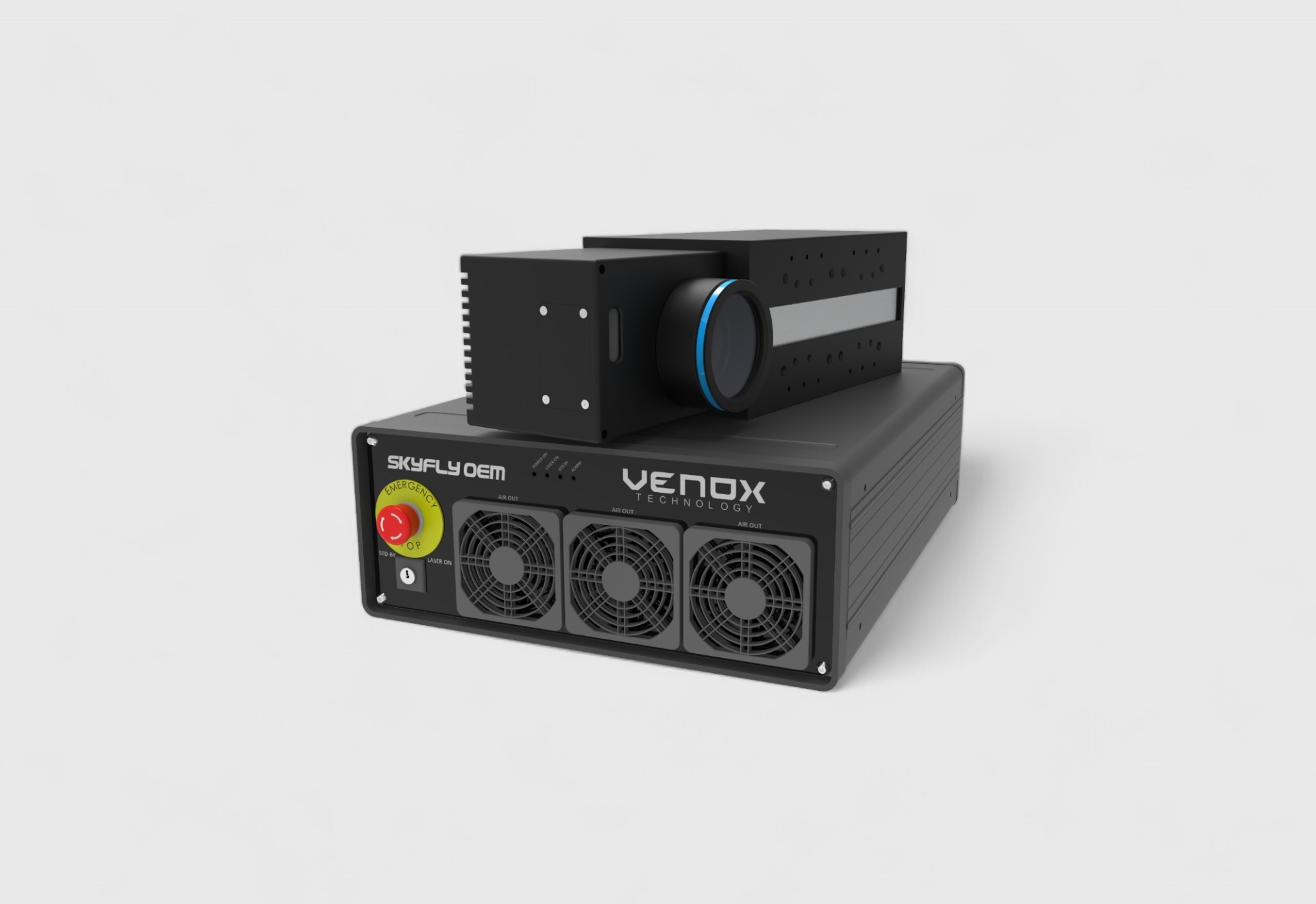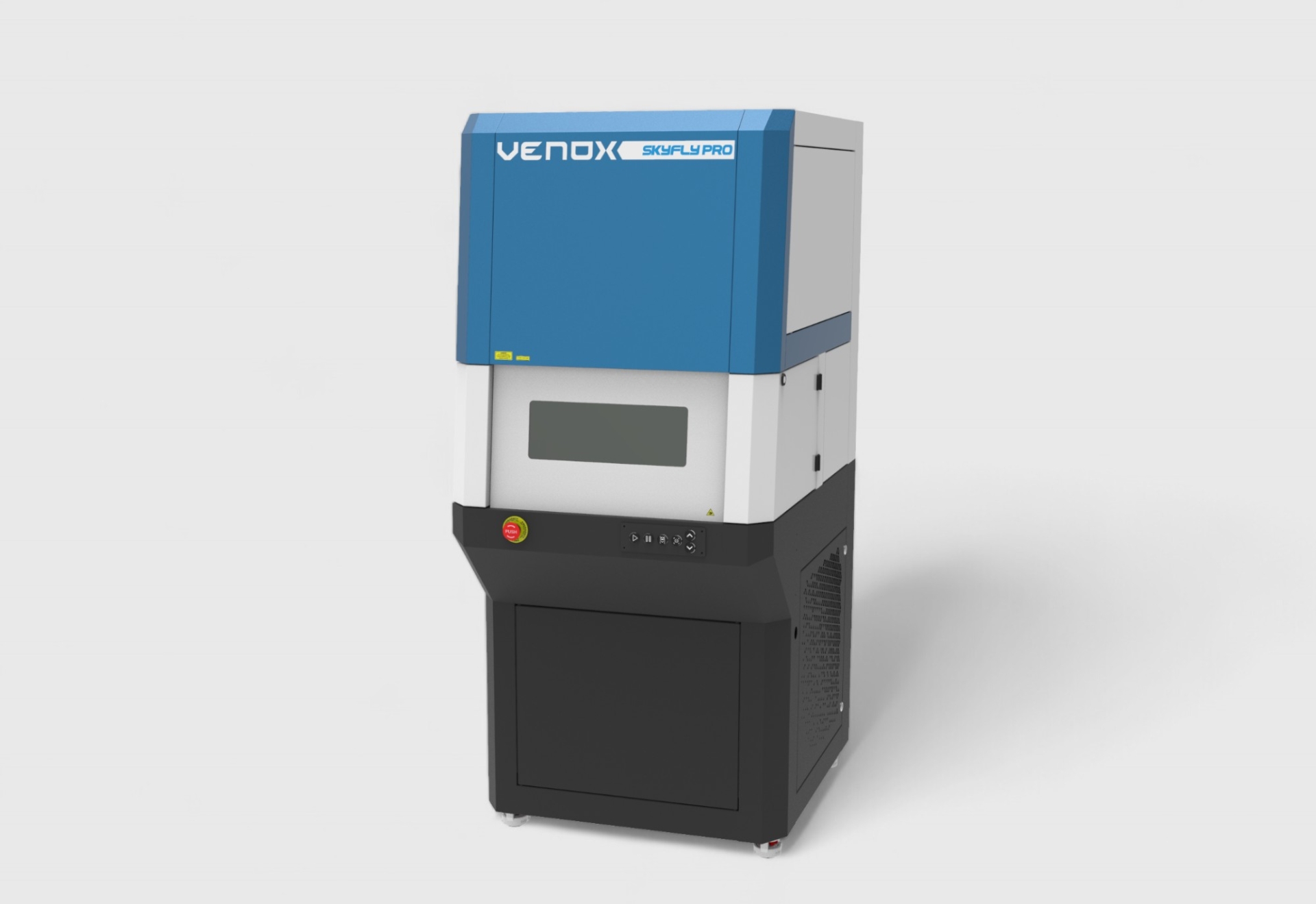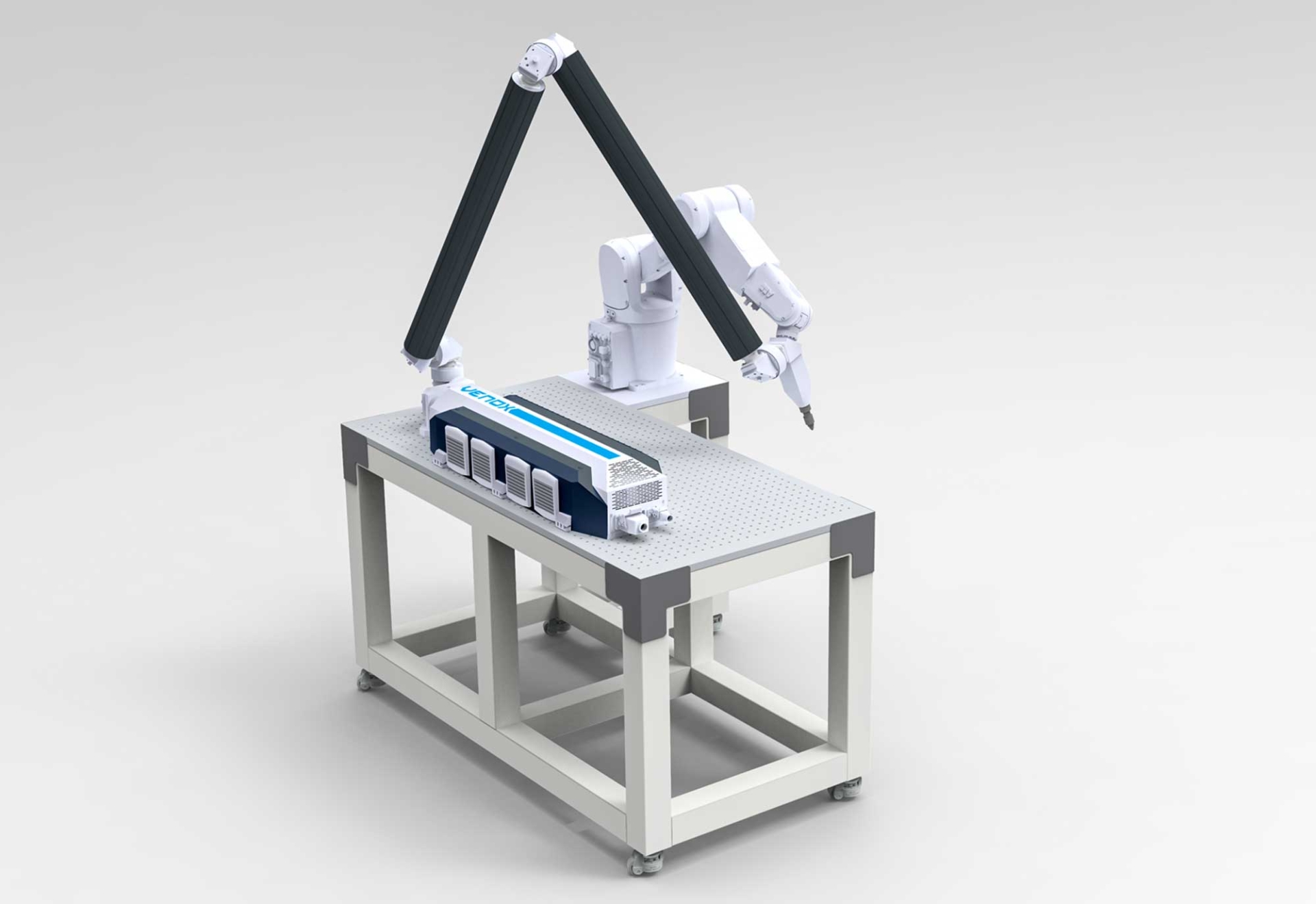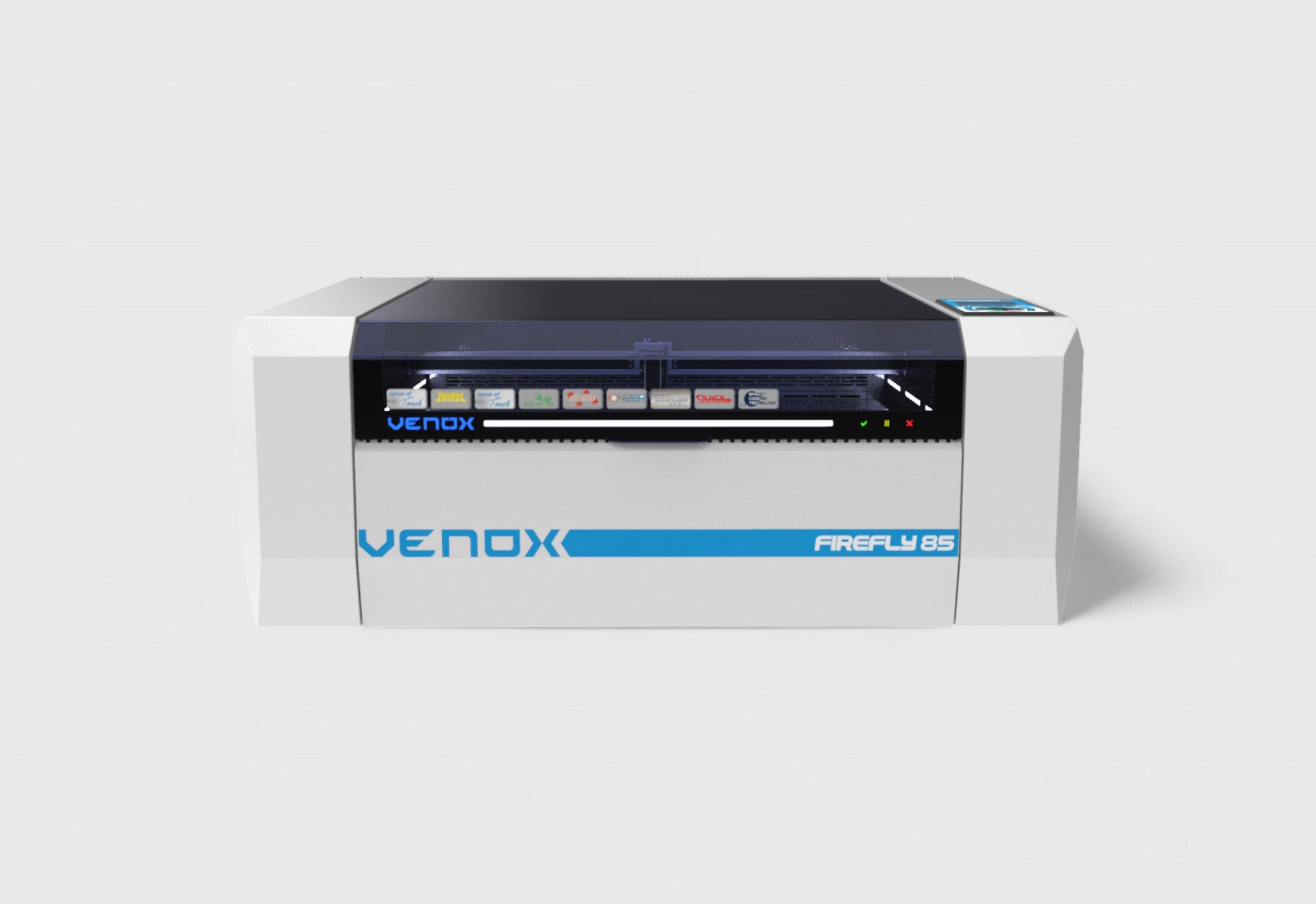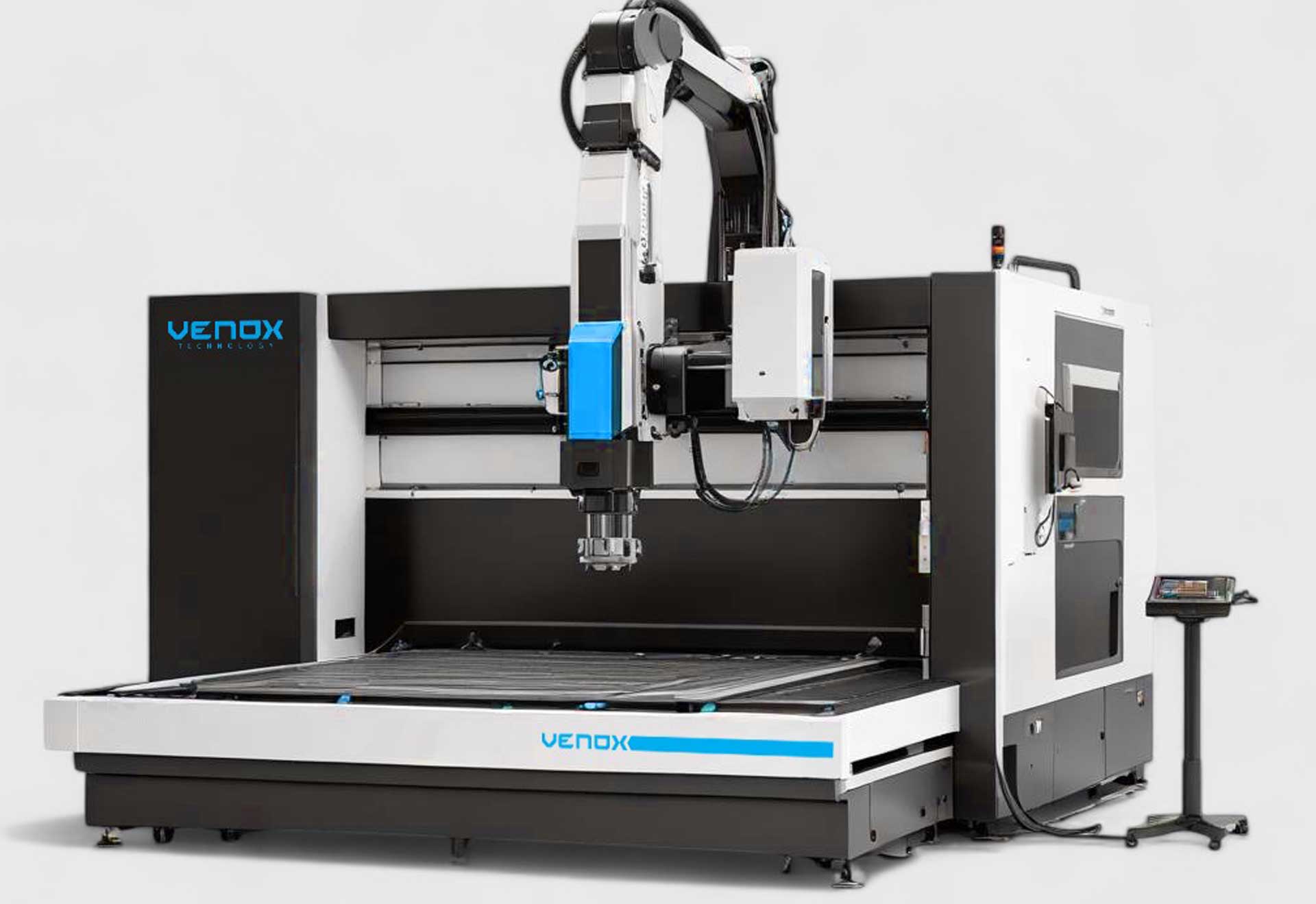Marking, Reading, Verification: The 3-Step Laser Process in Industry
The Role of Laser Processes in Modern Manufacturing
Digitalization and Traceability in Industrial Production
With the wave of digitalization brought by Industry 4.0, it has become essential not only to manufacture products on production lines but also to ensure their traceability. In this context, the steps of marking, reading, and verification carried out with laser technologies are of critical importance for creating product identity, quality control, preventing counterfeiting, and facilitating recall processes.
What Is the 3-Step Laser Process?
The 3-step laser process used in industry can be defined as follows:
- Marking (Coding): Permanently engraving data such as serial numbers, QR codes, barcodes, or logos onto a product or component.
- Reading: The data marked is read by a reader device.
- Verification: The read data is compared with the predefined information in the system for validation.
Step 1: Permanent and Clear Marking with Laser
Laser Marking Systems for Secure Identification
Laser marking systems create permanent, non-erasable, and readable marks on products thanks to their non-contact operation and high-resolution output. This technology can be applied to various materials such as metal, plastic, ceramic, and glass, adding flexibility and quality to production processes.
The Power of Fiber Laser in Marking
Fiber laser systems offer ideal solutions for applications requiring high contrast and speed, especially on metal surfaces. They are widely preferred in industrial manufacturing due to their low maintenance needs, long service life, and energy efficiency.
Fast and Precise Marking with the FS Series
Venox's FS Series laser marking systems stand out with their compact structure, high-speed processing capability, and integration with automation systems. They ensure fast and error-free marking on mass production lines.
Selecting the Right Laser Based on Material
The structure of the material used during the marking process is highly significant. Surfaces such as metal, plastic, and glass require different wavelengths and focusing techniques. Venox’s product portfolio offers specialized solutions for various materials, ensuring high performance across all industries.
Step 2: Automatic Code Reading
Smart Cameras and Sensor Systems
The marked data is instantly scanned by optical readers or smart camera systems located further along the production line. This reading process is carried out using sensors configured for code types such as barcodes, QR codes, and datamatrix.
The Importance of the Reading Stage in Quality Control
The reading stage enables each product on the production line to be identified and directed to the verification system. In this way, missing, incorrect, or erased markings can be quickly detected.
High-Contrast Codes with Fiber Lasers
To enhance readability, not only the quality of marking but also the contrast of the code is important. Fiber lasers deliver superior performance in this area, allowing camera systems to read quickly and accurately.
Real-Time Reading in High-Speed Production Lines
In processes performed with high-speed marking machines such as the FS Series, production speed is also high. Therefore, reading systems must be capable of scanning within milliseconds.
Step 3: Code Verification and System Integration
Integration with ERP and MES Systems
The read data is integrated into software systems such as ERP (Enterprise Resource Planning) or MES (Manufacturing Execution Systems) to ensure traceability of the product from production to shipment. Verification prevents incorrect data entries.
Sorting Out Faulty Products
The verification process ensures that if any defective, incomplete, or unreadable marking is detected on a product, it is automatically removed from the production line. Thus, the quality control process is digitally supported and human error is minimized.
Anti-Counterfeit Security Layer
Laser marking serves as a strong measure against counterfeiting. Thanks to verification, only genuine and registered products are confirmed in the system.
Secure and Integrated Process Management with Venox
Venox positions laser marking technology not just as a coding tool but as a complete system that provides traceability and quality control across entire production lines. The process that begins with marking systems evolves into a complete automation solution with reading and verification modules.
Adaptability to Various Sectors with Scalable Solutions
Flexible solutions are offered for various sectors such as automotive, medical, electronics, white goods, and defense industry. The FS Series machines are equipped with the hardware and software infrastructure to adapt to all these industries.
Conclusion: The Key to Quality and Reliability in Production
Increased Efficiency with the 3-Step Laser Process
The integrated operation of marking, reading, and verification steps brings efficiency, rapid quality control, and traceability to production lines. Keeping a digital record of each product that exits production provides great advantages in terms of supply chain management and customer satisfaction.
Powerful Industrial Transformation with Venox
Venox not only integrates laser technologies into production but also ensures that these technologies are manageable, traceable, and future-ready. Solutions supported by the FS Series and fiber laser systems have become one of the cornerstones of industrial transformation.
To digitize your production processes and guarantee quality, explore Venox’s laser marking solutions.
